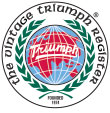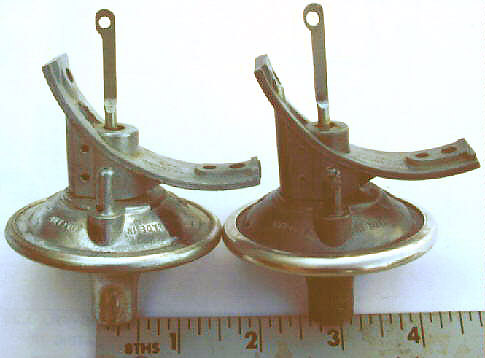Setting the Stag Idle Speed
by Tim Buja, TKBuja@insightbb.com
When setting the idle speed on a Stag equipped with the Borg Warner automatic transmission, you must strike a balance between an idle speed high enough for sufficient oil pressure, but low enough to permit smooth gear selection. Ideally, the BW automatic prefers its idle speed to be around 500-600 rpm in neutral, but it is rare to find a Stag that will idle that low nowadays due to worn carb and distributor parts. An idle speed higher than 900-1000 rpm in neutral will cause the transmission to engage Reverse or Drive with a lurch. If you can’t get the idle speed low enough, you may need to check the carb throttle shaft seals and/or the carb pedestal-to-manifold o-ring for leaks, and for proper actuation of the vacuum retard mechanism.
It is common for the breaker point baseplate assembly to wear to the point where the proper point gap can not be reliably set and maintained. Since this affects both dwell and timing, it will also affect the idle quality and speed.
Another wear point to check is where the vacuum capsule actuating rod connects to the breaker point baseplate.
The left vacuum capsule in this picture is a NOS part (Triumph p/n 520131, Lucas p/n 54424241), while the right capsule is a worn version of the same part from a 1973 MkII Stag (US market). Note the elongation of the hole in the actuating rod of the old capsule. Together

